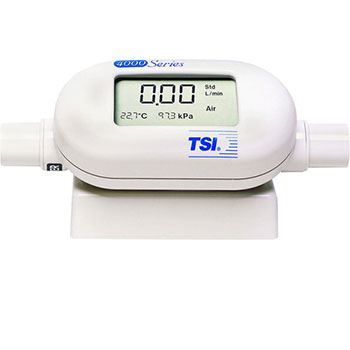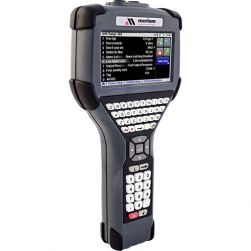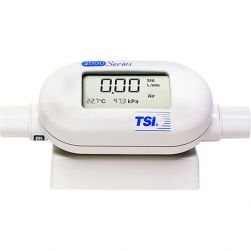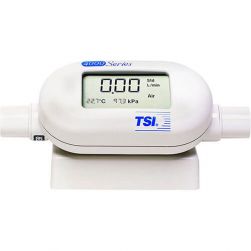Calibration Tools
Frequent use can cause measurement instruments to stray from critical accuracy standards. Regular calibration ensures that your device performance stays consistent, and can be trusted for survey and test results and the decisions you make from them. Best practices suggest that you run a field calibration before and after each use, to validate your test data and ensure the instrument performed as expected. If your regulatory compliance reporting relies on detector data, it's critical that you be able to prove their proper operation and calibration.
- Personal air sampling pumps should be calibrated before and after each use (Pre-cal and Post-cal). Flow calibrators are used to adjust and measure the flow rate of air sampling instruments and the attached tubing and test media, and verify that the results stay within a percentage of the programmed or expected flow rate.
- A bump test, or functional test, involves exposing a gas detector to a gas concentration that exceeds the units alarm setpoints, testing the sensors ability to respond. In this test, you're verifying that the gas path is not blocked, and that audible and visual alarms are activated, confirming that the sensor responds appropriately to the gas presented. The bump test procedure is simple, usually taking less than a minute to perform, and is recommended before each day's use.
- A sound calibrator emits an accurate and stable tone at a single frequency and level, so you can check a sound level meter's performance against a known standard. Many regulations state that you should run this calibration prior to making any measurements for compliance reporting projects. (Our 3M sound level and noise monitor rentals include a free calibrator.)




